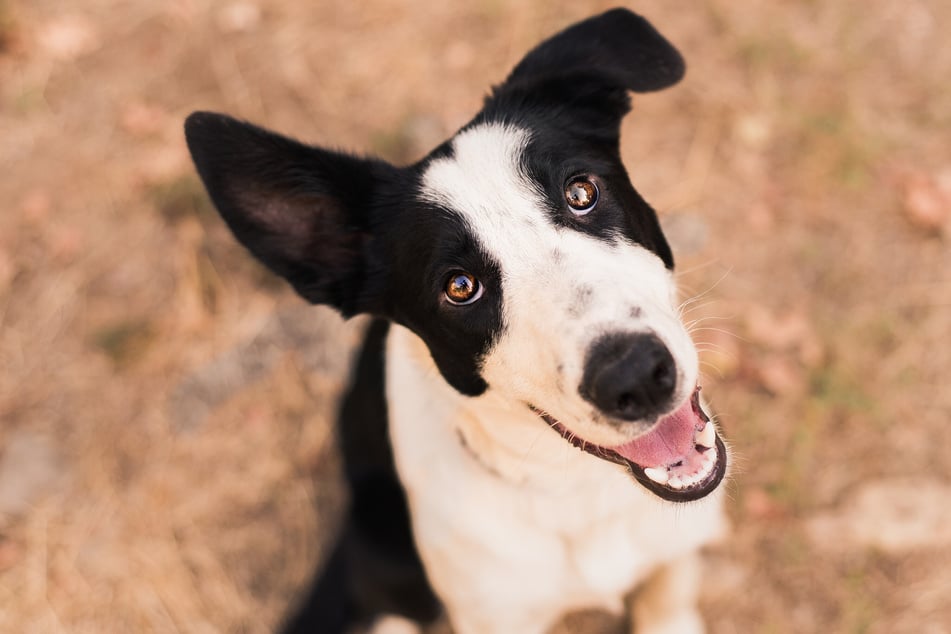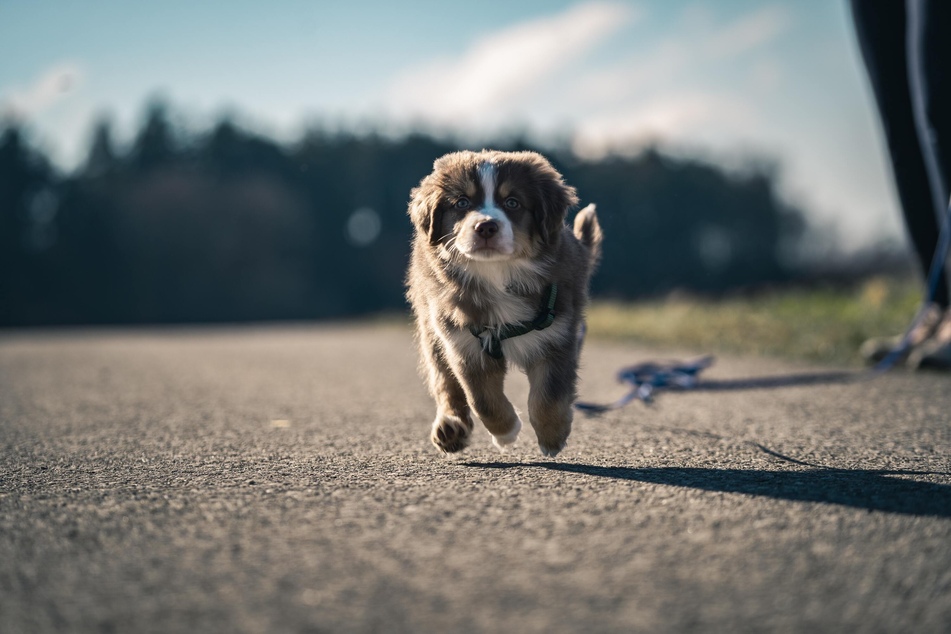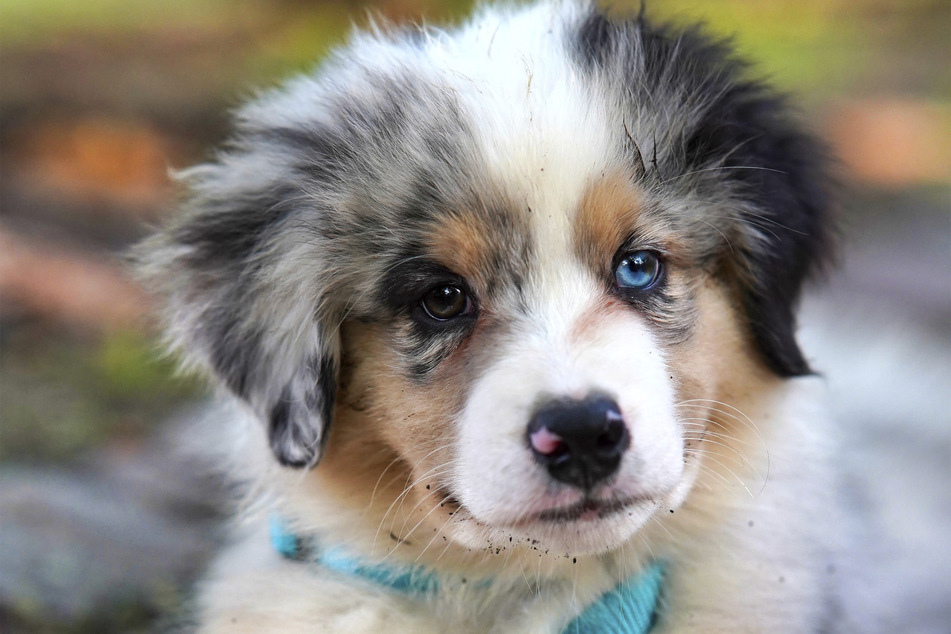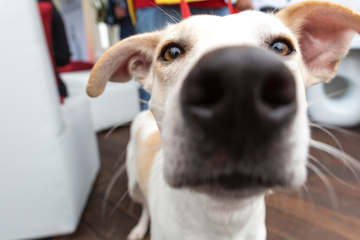How to teach a dog its name
Whatever you're going to call your perfect pooch, the point is to get it to understand its name. So, how can you teach a dog its name, and when's the best time to get started?

There are many fantastic names to consider when figuring out what to call your dog. From Rex to Fido, from Eagle to Eddy, there are so many options and so much to think about.
You want it to be simple, easy to remember, and suitable for the character of your darling doggo. Once you've decided, though, it's time to get teaching – and that can be a complicated process!
Your faithful TAG24's dog guide is here to help!
When should dogs start being taught, should it be done with treats, and is it different when you adopt a puppy? We've got the answers!
How to teach a dog its name fast
Teaching a dog its name is a long journey, and one that requires a lot of repetition and patience before you reach the destination. Try not to despair or give up while trying to get on top of the process, and instead accept that it may take a bit of time, but that it is worth every second, minute, and hour.
Here's how to teach a dog its name:
- Step 1: Stand or kneel in front of your dog, holding a treat in your hand. Say your dog's name loudly and clearly, taking care to enunciate as best you can. Follow this by feeding your dog the treat.
- Step 2: Sit there silently for a little while, but don't just let your dog leave. Once it isn't paying attention to you, say its name again and repeat the process.
- Step 3: Now, allow your dog to roam and go about its business. When you are a distance away, repeat the process again.
- Step 4: Do the same thing, but wait even longer and do it when your dog is distracted by something else.
- Step 5: Move it all outside and try increasing distances, always enunciating well, speaking loudly, and rewarding your pooch afterward.
- Step 6: Now, start replacing the award with physical interaction of some kind. Say its name whenever you do anything in relation to your doggo – when petting, when attaching the leash, when feeding.
The problem with using this method when trying to teach your dog its name fast is that, while a speedier way of doing things, it relies entirely on the treat. This makes it important to very quickly move on from the treat once it is responding to its name.
How do dogs learn their name?
Choosing the perfect name for your dog can be a difficult exercise. You want it to be short, snappy, and easily understood, but also to hold some meaning to you and (of course) to be cute. The latter points, however, are only important for you and not really for your dog.
After all, while dogs can learn and respond to their name, they don't actually have a mental understanding of what a name actually is. If you call a dog "Hermione" then it's not going to know that it's named after a Harry Potter character, and neither will it understand that you're a huge Simpsons fan if you name it "Homer".
Dogs learn the sound of their name and equate those sounds and syllables to refer to them when said by you. This is not "understanding" in the traditional sense, but a natural reaction and association that is developed over time.
How to teach a dog its name without treats
We completely understand if you decide that giving your doggo continuous and excessive treats is a bad idea, after all, their diets are pretty strict and treats can cause dogs to gain weight. Don't despair, there are plenty of things to supplement those treats with – it's all about positive association, after all.
Here are some tips to training your dog without the help of treats:
- Tip 1: Repeat as often possible, pairing the saying of your doggo's name with almost every interaction the two of you have. When you take it for a walk, say it, when you give it a hug, say it. You get the gist!
- Tip 2: When walking your dog, make sure to keep the leash on at the beginning even when in a leash-free park. When you want it to do something, say its name, but don't let it go free until you can be guaranteed that it'll come back when you call.
- Tip 3: Repeat name training as regularly as you can, doing it many times a day – just make it part of a routine.
- Tip 4: A dog can't be persuaded with snacks? Try rewarding him with a game together instead. Find other rewards and establish different positive associations. Play dog puzzle games with it, give it pets and cuddles, do it before normal meal time.
Patience is key. If you follow these steps and be abundantly patient and caution your dog will learn its name pretty quickly anyway and this will lay down the foundation for good doggy-human communication.

When to teach a dog its name
Once you have decided on a name for your dog, you should start teaching it straight away! There's no point in waiting to start dog name training, as there are no real age limitations. Once your perfect pooch has been weened off its mother's milk, has been separated, and is living with a family, its name should start to be used habitually.
While you should of course teach puppies their names, this should be started around about the time that they leave their mother's company. After all, a puppy in a litter will pay far more attention to its mother and siblings than it will to its human, and won't absorb the information and training.
Once it is independent, though, go for it! To be honest, there's no downside to getting straight to it and making sure that your dog knows its name from an early age. It assists with all other training and creates a beautiful and strong bond between human and canine.
How to teach a puppy its name: Is there a difference?

There is no difference between name training for a puppy and an older dog, as it is entirely based on association. Younger dogs do, however, prefer more active forms of learning such as agility training, or even clicker training. Incorporating your name teaching into these activities can be a great way to kill several birds with one stone.
Treat your puppy with care and give it plenty of attention, provide hugs, treats, snacks, and lots of fun. You want the teaching of its name to be a fun and entertaining activity that strengthens your bond and helps to develop the relationship that the two of you will have for the rest of your pet's life.
What about the steps? Follow the same steps when training a puppy as we described in the section above. It's straight-forward and no different, and all about developing positive associations.
It's important for a dog to know its name
For the sake of safety, bonding, and training, teaching a dog its name is extremely important. Having a dog react appropriately when its name is called out is one of the central hallmarks of dog and puppy training. There are many words to teach your dog, and some of them are also really important for safety, but none come close to the importance of its name.
As such, a dog's name should be chosen with this importance in mind. It should be simple and easy to understand, and no longer than two syllables. Sure, choose something adorable and meaningful, but keep it short.
Cover photo: 123RF/Adriphotography




